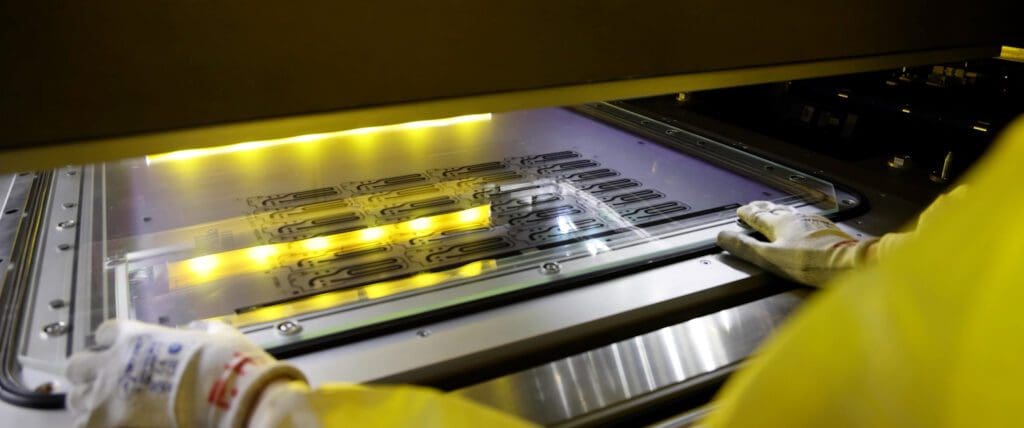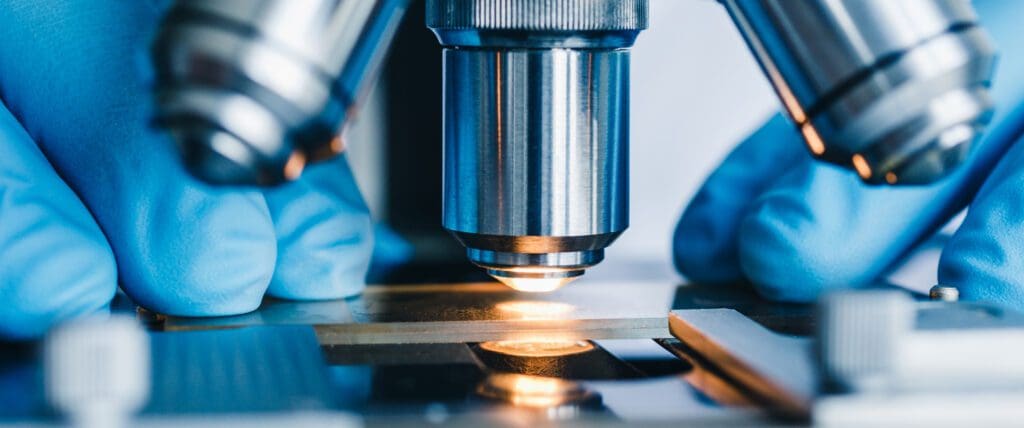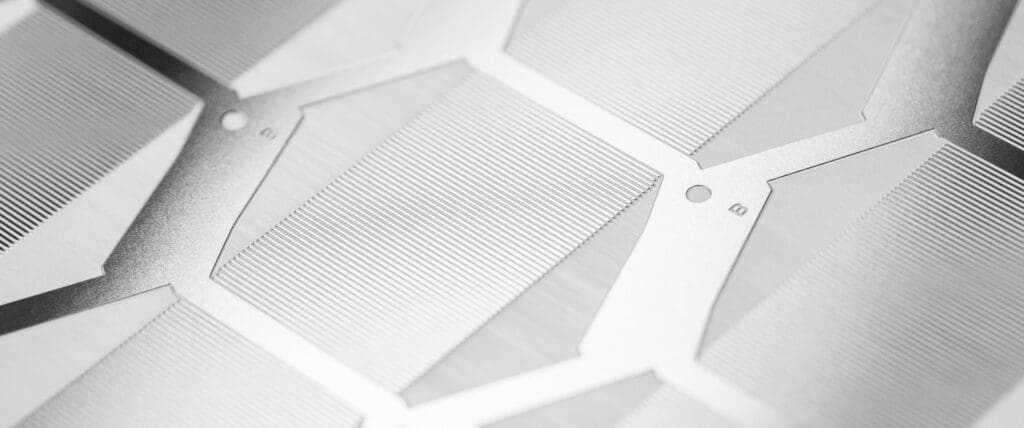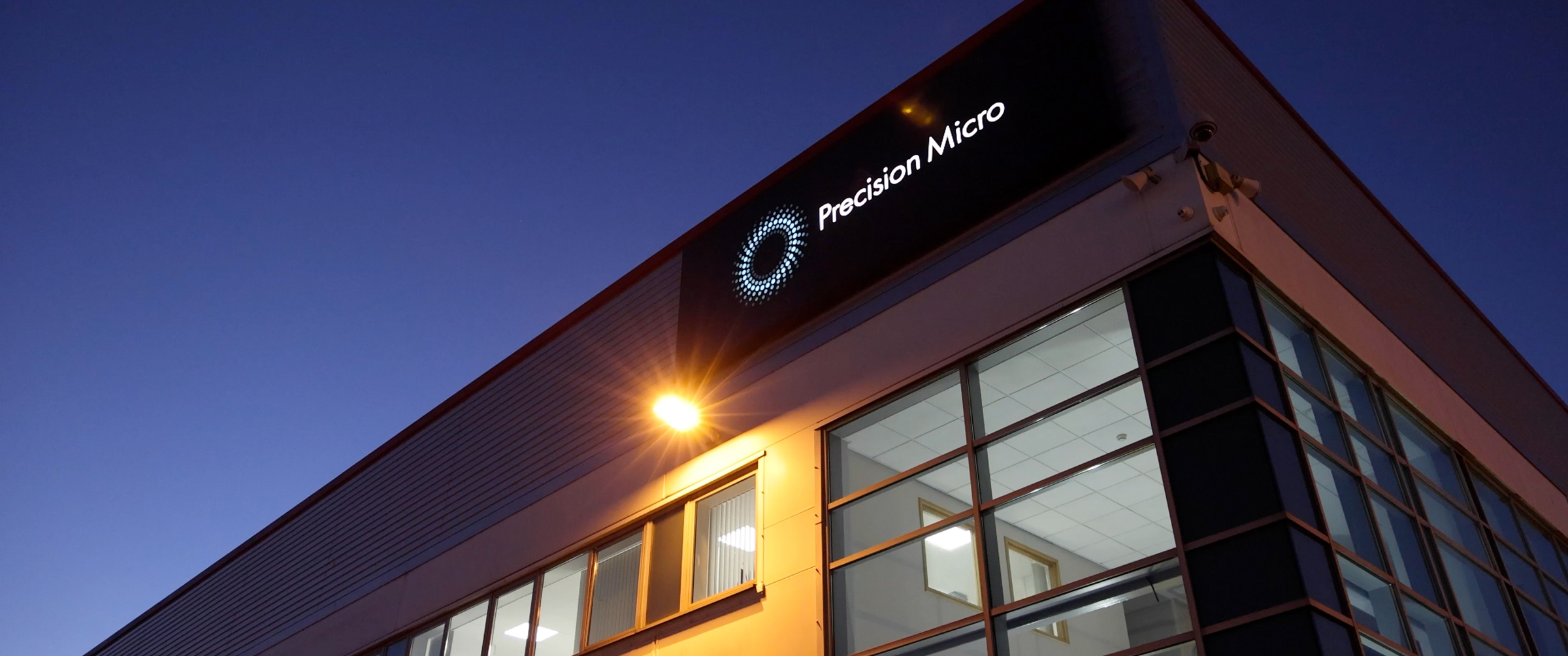How chemical etching can overcome supply chain uncertainty in 2023
As we enter an age where cost pressures and lead time uncertainty are greater than ever, companies are looking at ways to reduce supply chain disruption, delays and increased costs when sourcing critical components.
In our latest post, we look at how photochemical etching can overcome many of these hurdles by supplying parts faster, with greater flexibility and less waste.

Why sticking with tradition is not always best
Engineers default to tried and trusted sheet metal machining methods – such as stamping, laser and waterjet cutting – when designing components, even when they come with compromises. This is because they are often believed to be the only methods capable of manufacturing high-quality parts.
However, this is not always true. The lesser-known technique of chemical etching is being adopted more and more by engineers looking for a faster and more flexible solution, without compromising on quality.
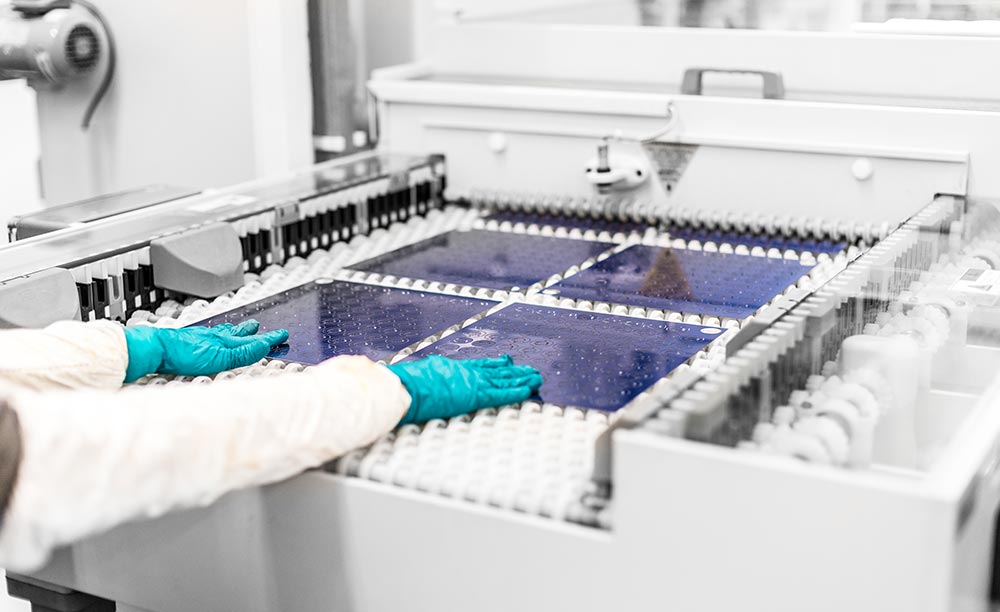
What is chemical etching and how does it work
Suitable for almost any sheet metal, chemical etching is a highly accurate and cost-effective way of manufacturing intricate parts for a vast array of component applications, including meshes and filters, flexure springs, precision shims, microfluidic plates, connectors and contacts, EMI shielding and more.
The process sees a photoresist laminated metal sheet printed with a CAD image of the component. The non-printed areas are removed to expose the underlying metal, which is then etched away to micron accuracy.
From stainless steel to aluminium, nickel, copper and titanium, all types of metal can be etched this way in gauges as thin as 0.010mm and up to 1500mm in length. Through a nine-step process, each metal sheet can be transformed into any kind of precision component.
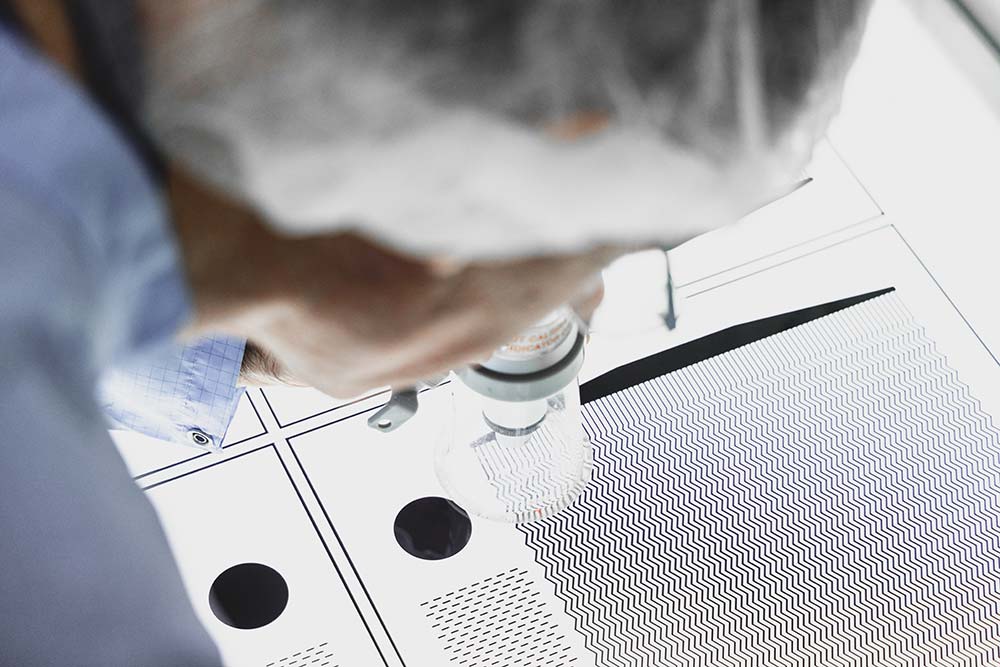
Complexity at a fixed price
Complexity is often a byword for cost and lead time, but it doesn’t need to be. Chemical etching presents a more economical and efficient way to produce custom parts with complex designs and close tolerances.
The process offers geometric complexity and customisability, with high accuracy and repeatability, all of which ensure its suitable for even the most extreme environment applications.
This is achieved without any additional tooling or processes so that, as well as lead time certainty, engineers do not need to worry about design complexity and its associated costs.
Chemical etching also maximises value for money as it has a low set-up and modification cost, allowing product designers to try things without significant investment in tooling.
Removing inherent process limitations
The limitations associated with traditional sheet metal cutting, such as burring, thermal, and cutting edge stress, mean that post-machining techniques are sometimes needed.
Burring has the potential to compromise even the most precision-engineered component and as a result, can require greater or lesser degrees of deburring, which again adds to cost and time pressures.
Lead time uncertainty must be overcome through simplicity – an element which is certain with chemical etching. This is because etching uses no heat or mechanical force, eliminating the possibility of stress and burring.
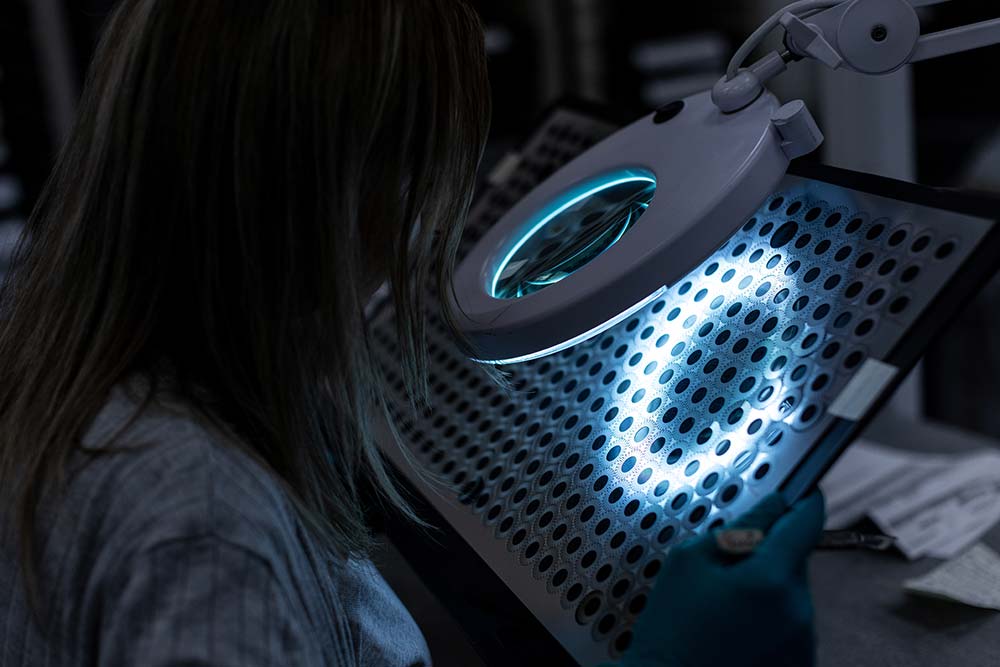
Flexible manufacturing of chemical etching
Unlike traditional methods, components with different geometries and almost limitless complexity can be processed from a single tool, producing many part types in one production run.
Optimising tooling with various product designs is not only inherently quicker, reducing lead times to days rather than weeks or months, it also reduces material waste, especially important in a time of global raw material shortages.
Any overproduction from each production batch can be held in stock, giving customers a buffer to account for any unexpected future demand. This is yet another fitting example as to why photochemical etching is the method of choice for engineers wanting to reduce supply chain uncertainty in 2023 – and beyond.
Chemical Etching Whitepaper
Learn how chemical etching can overcome the limitations of traditional sheet metal machining technologies.
Download